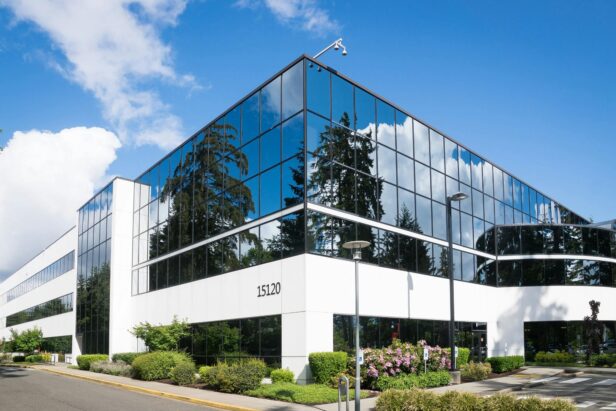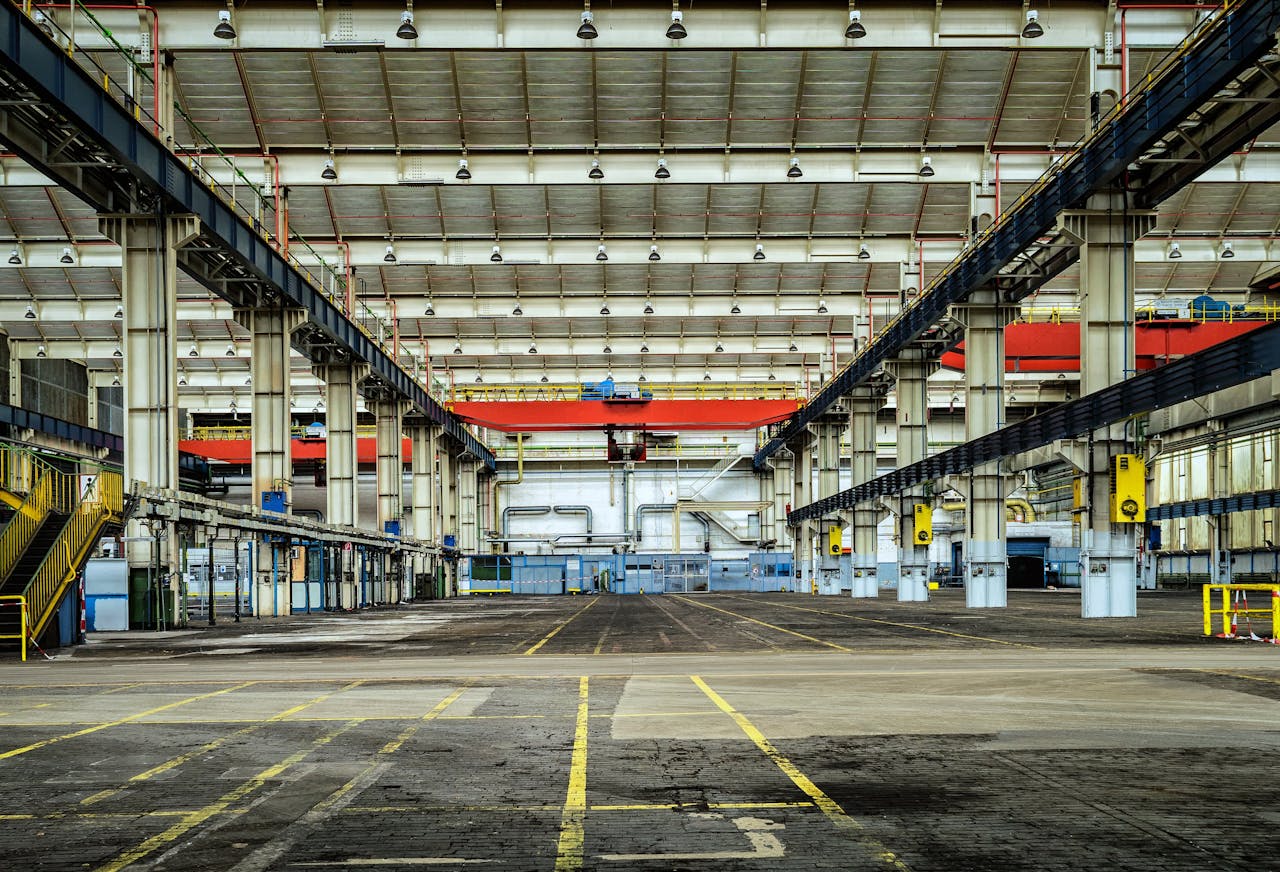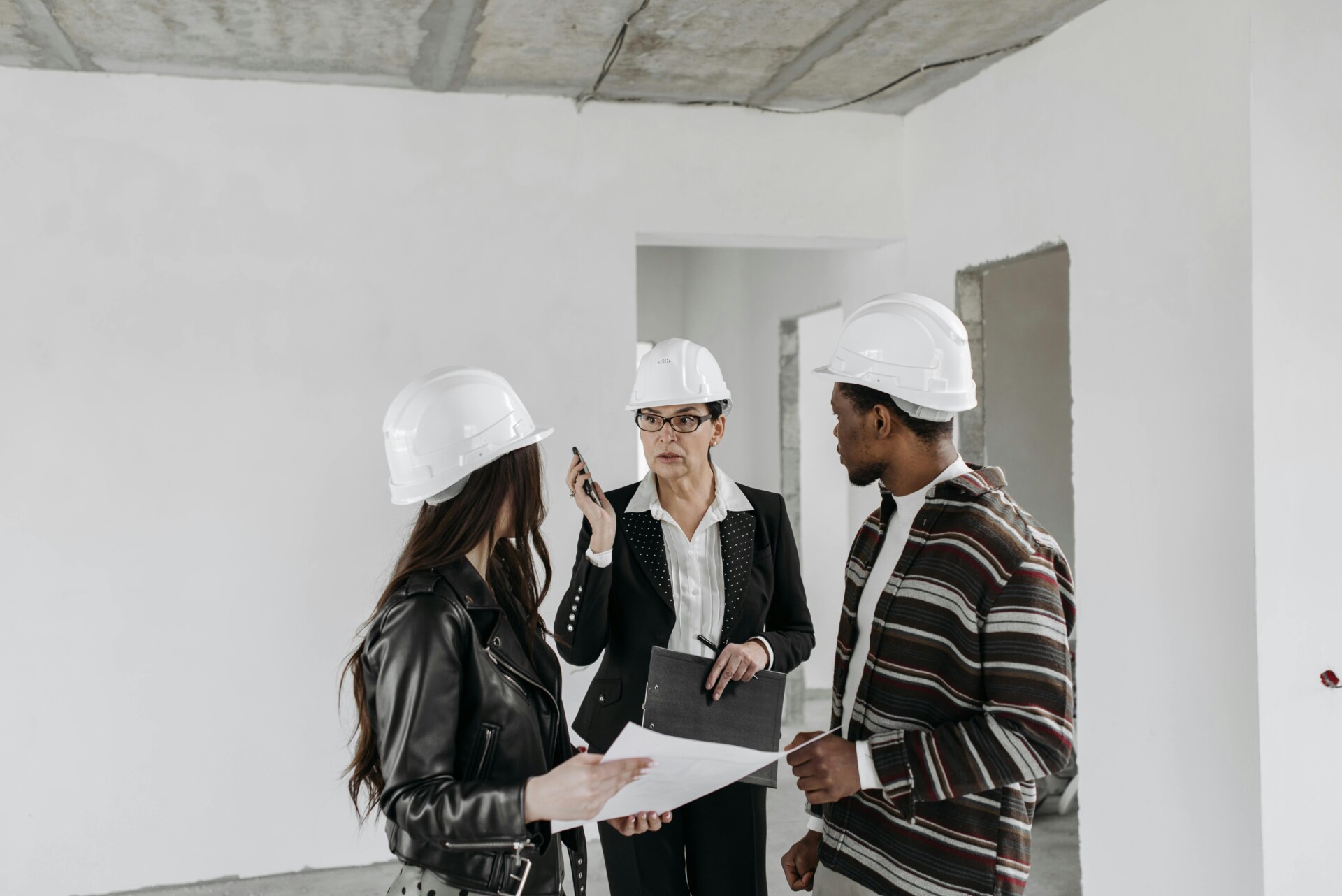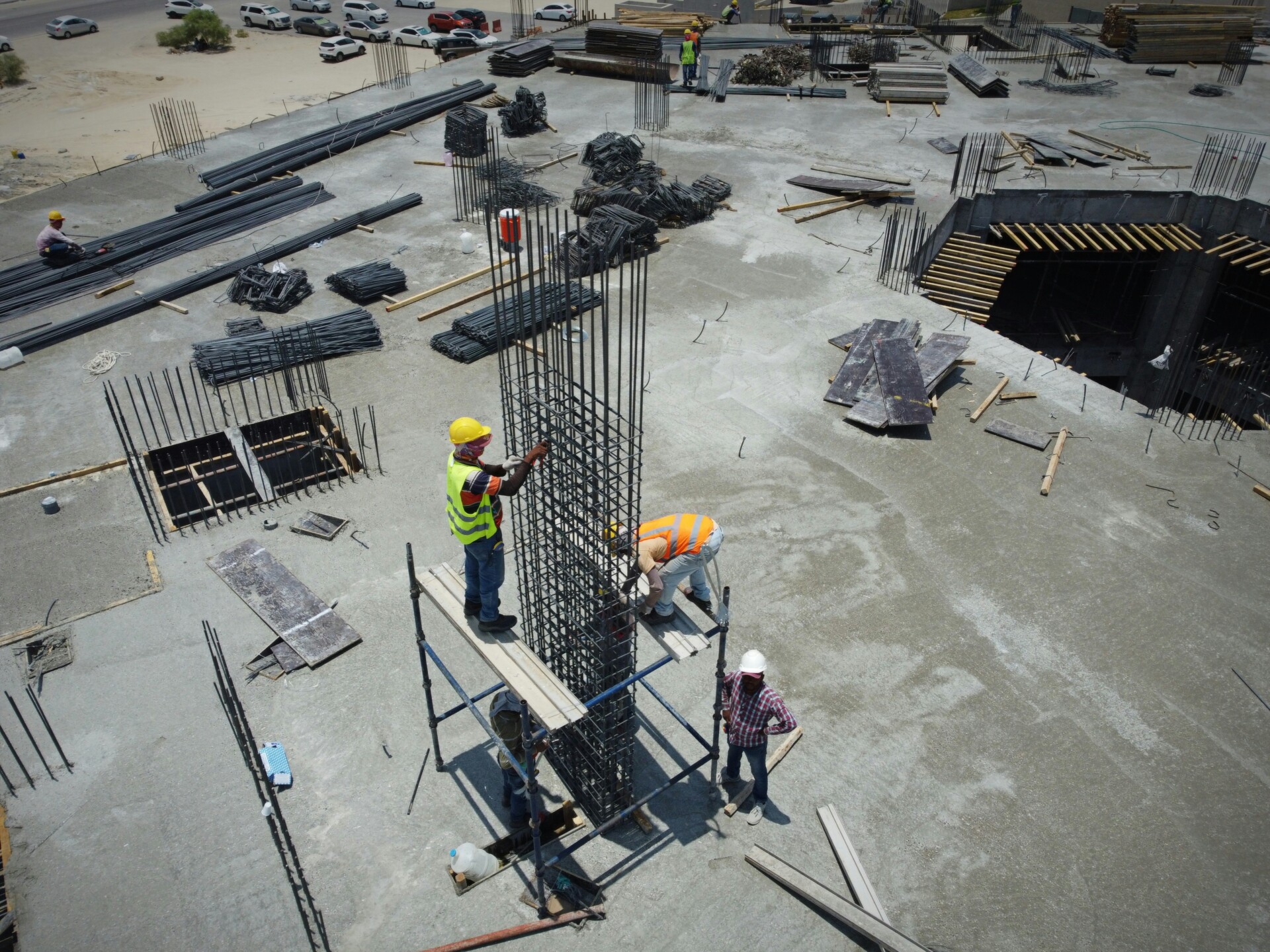Property owners who invest 25-30% more in energy-efficient commercial remodeling projects often see returns that exceed the initial costs within five years. Commercial remodeling transforms existing interiors and exteriors to improve function, efficiency, and alignment with current business needs.
We approach commercial remodeling as a strategic investment that maximizes usable space, enhances brand presence, saves significant time and money compared to new construction, improves energy efficiency, and promotes building safety through updated systems and ADA compliance. The most effective projects deliver open floor plans that support modern workflows, energy-efficient systems that reduce operational costs, and accessible layouts that meet current safety standards.
Which Design Ideas Modernize Layout, Flow, And Collaboration?
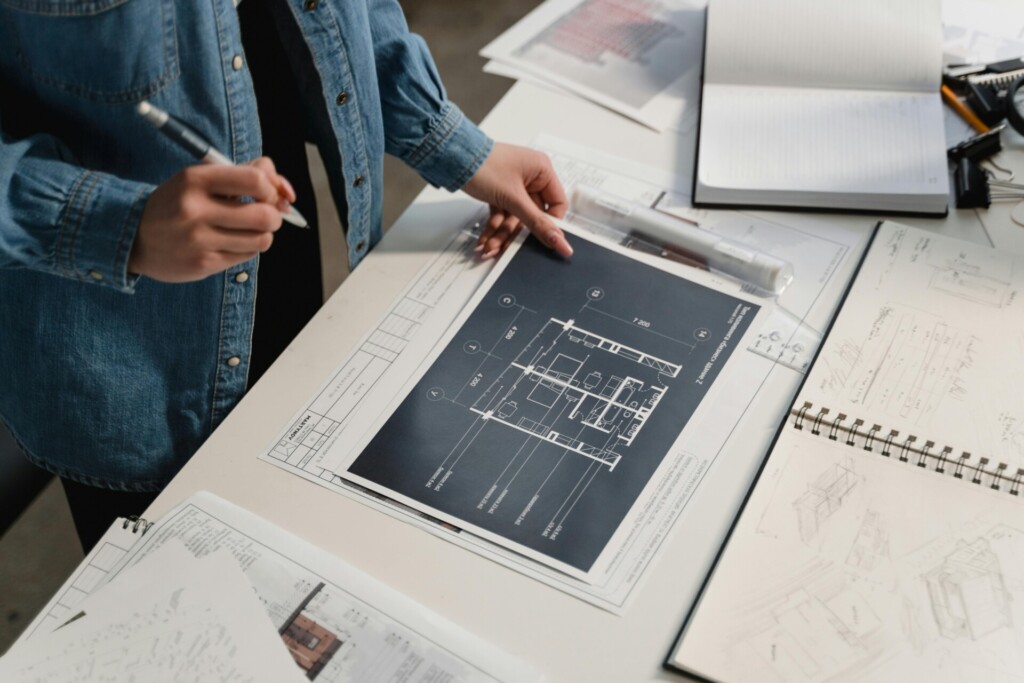
The physical layout of a commercial space directly impacts how people move, interact, and perform their work. Modern layout strategies focus on removing barriers to communication while creating purposeful zones that support different activities throughout the day.
Open Floor Plans Drive Communication
We frequently remove traditional cubicle walls to create open workspaces that encourage spontaneous collaboration. This approach allows teams to see and hear each other naturally, leading to faster problem-solving and stronger working relationships. Open layouts also provide flexibility for future growth, as workstations can be reconfigured without major demolition.
The key is balancing openness with functionality. We position workstations to minimize distractions from high-traffic areas while ensuring adequate space for movement and equipment access.
Collaborative Zones Support Modern Work Styles
Creating dedicated collaboration spaces requires merging adjacent rooms or reconfiguring existing areas to support team activities. These zones typically include project tables, writable surfaces, and integrated technology for presentations and video conferencing. The design should accommodate both planned meetings and impromptu discussions.
We balance collaborative areas with quiet zones where individuals can focus on deep work. This dual approach recognizes that productivity requires both interaction and concentration throughout the workday.
Common Areas Enhance Workplace Culture
Well-designed common areas serve multiple functions beyond traditional break rooms. We incorporate comfortable seating arrangements with integrated power outlets, allowing these spaces to function as informal meeting areas or alternative work locations. These environments often include a mix of soft seating, standing-height tables, and flexible furniture that can be rearranged as needed.
Strategic placement of common areas creates natural gathering points that strengthen workplace culture and provide relief from formal work settings.
Retail And Restaurant Layout Optimization
Commercial remodels in retail and restaurant spaces focus on guiding customer flow while reinforcing brand identity. We analyze traffic patterns to position high-priority products or seating in optimal locations, ensuring customers naturally encounter key offerings during their visit.
Layout improvements often involve widening circulation paths, improving sightlines to merchandise or menu displays, and creating logical progression through the space. Effective store layouts can significantly impact sales by exposing customers to more products while maintaining comfortable navigation.
Connectivity Features Support Modern Operations
Interconnecting stairs and updated circulation paths create visual and physical connections between floors or departments. These features improve operational efficiency by reducing travel time while creating opportunities for chance encounters that spark collaboration.
We also focus on common areas that support employee morale, such as upgraded break rooms, wellness spaces, or outdoor access points. These improvements demonstrate investment in staff well-being and can positively impact retention and productivity.
How Can Light, Materials, And Finishes Create A Modern, Brand-Forward Feel?
Light, materials, and finishes shape how occupants experience a space, influencing both productivity and brand perception. We approach these elements as integrated systems that reinforce company identity while supporting practical needs. Strategic selection of lighting, colors, textures, and furnishings creates environments that feel contemporary and aligned with business goals.
Natural Light Optimization
Natural light serves as the foundation for modern commercial spaces. We maximize daylight through enlarged windows, strategically placed skylights, and sun tunnels that channel light into interior areas. Light shelves reflect and distribute sunlight deeper into spaces, reducing reliance on artificial lighting during peak hours.
Glass partitions and translucent materials extend daylight penetration while maintaining necessary privacy. Low-E glass windows control heat gain while preserving brightness, creating comfortable conditions that support focus and well-being. These solutions reduce energy costs while establishing the bright, open atmosphere clients associate with forward-thinking organizations.
Color Psychology And Brand Colors
Color strategies balance brand identity with psychological impact. Soft neutrals provide a sophisticated backdrop that accommodates various work modes and client interactions. We incorporate brand colors through accent walls, furniture selections, and artwork that reinforce company identity without overwhelming the space.
Color psychology guides our choices to support specific business functions. Blues and greens promote concentration in focus areas, while warmer tones encourage collaboration in meeting spaces. Consistent application of these palettes creates cohesive environments that feel intentional and professional.
Focal Points And Statement Features
Strategic focal points guide attention and create memorable impressions. Accent walls using company colors or textures establish visual hierarchy while reinforcing brand presence. Statement lighting fixtures serve dual purposes, providing necessary illumination while creating conversation pieces that reflect company culture.
Art installations and custom millwork demonstrate attention to detail and investment in quality environments. These elements transform functional spaces into experiences that employees and visitors associate with the organization’s commitment to excellence.
Biophilic Design Integration
Natural materials and biophilic elements improve both aesthetics and occupant wellness. Living walls and integrated planters bring nature indoors, improving air quality while creating calming visual anchors. Wood panelling and stone accents add warmth and texture that softens industrial building systems.
These organic elements reduce stress and support productivity, particularly in high-demand work environments. We select plant species and natural materials that require minimal maintenance while providing maximum visual and health benefits. This approach creates spaces that feel alive and connected to the natural world.
Durable Material Selection
Modern commercial spaces require materials that perform under heavy use while maintaining their appearance. LED lighting systems provide consistent illumination with minimal maintenance requirements. Reclaimed wood and sustainable finishes demonstrate environmental responsibility while offering unique character and durability.
Low-E glass and high-performance flooring materials withstand daily wear while supporting long-term cost efficiency. We prioritize materials with established performance data and manufacturer warranties, ensuring spaces maintain their intended appearance throughout their lifecycle.
Ergonomic Furniture And Comfort
Quality furniture selections support both employee health and brand image. Ergonomic seating and adjustable workstations demonstrate investment in workforce well-being while supporting productivity. Lounge areas with comfortable, well-designed furniture create informal collaboration spaces that feel welcoming to both employees and visitors.
High-quality materials in furniture selection communicate attention to detail and long-term thinking. We balance comfort requirements with durability needs, selecting pieces that maintain their appearance and function through years of regular use.
What Upgrades Improve Efficiency, Health, And Technology Readiness?
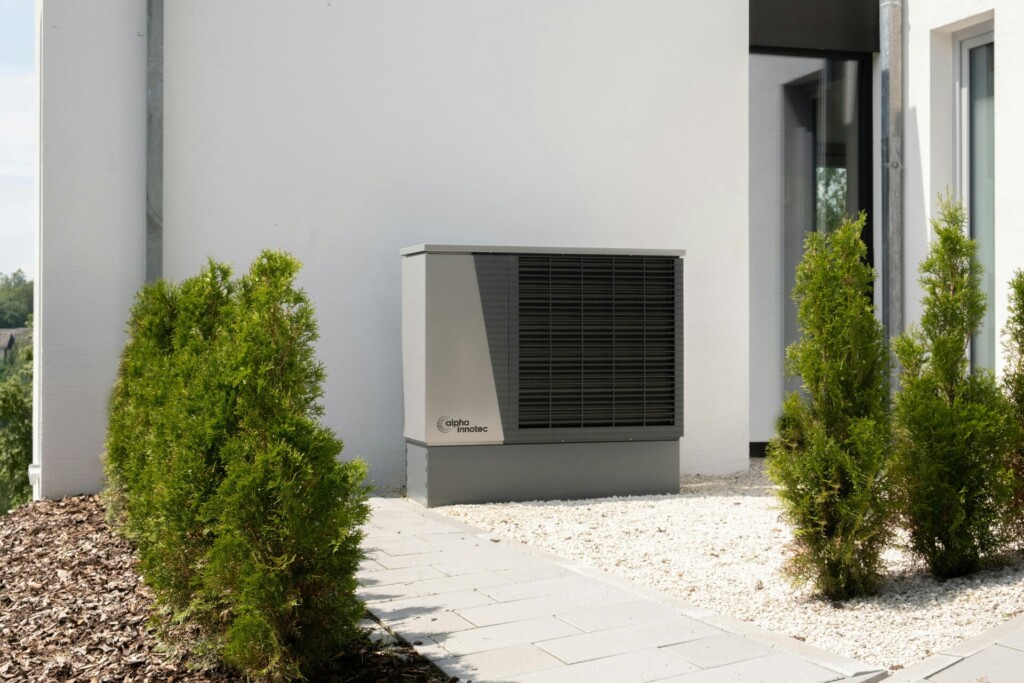
We focus on upgrades that deliver measurable improvements in energy performance, indoor environmental quality, and operational capabilities. These strategic enhancements position commercial spaces for both immediate cost savings and long-term competitiveness in today’s technology-driven market.
Energy-Efficient HVAC And Automated Lighting Systems
Modern HVAC systems equipped with variable frequency drives and smart thermostats can reduce energy consumption by 20-30% compared to traditional systems. We coordinate installations that include programmable controls, allowing precise temperature management based on occupancy patterns and operational schedules.
Automated lighting controls integrate occupancy sensors, daylight harvesting, and scheduled dimming to optimize energy use throughout the day. LED fixtures paired with smart controls typically achieve 50-70% energy savings while improving light quality and reducing maintenance costs.
These systems work together to create responsive environments that adjust automatically to usage patterns. The result is lower utility bills, reduced equipment wear, and improved occupant comfort across different zones within the building.
Enhanced Ventilation For Indoor Air Quality
We upgrade ventilation systems to exceed minimum code requirements, focusing on fresh air delivery and contaminant removal. Enhanced filtration systems, including HEPA filters and UV-C air purification, address particulates and airborne pathogens that affect occupant health and productivity.
Demand-controlled ventilation adjusts fresh air intake based on CO2 levels and occupancy, maintaining optimal air quality while minimizing energy waste. This approach reduces the sick building syndrome symptoms that lead to absenteeism and decreased workplace satisfaction.
Improved ventilation also supports compliance with evolving indoor air quality standards. Properties with superior air quality systems attract and retain tenants who prioritize health-conscious work environments.
Smart Technology Integration And IoT Sensors
IoT sensors throughout the building provide real-time data on energy usage, space utilization, and environmental conditions. These systems enable predictive maintenance, allowing us to address equipment issues before they cause costly failures or comfort problems.
Smart building platforms consolidate data from multiple systems into unified dashboards. Facility managers can monitor performance, adjust settings remotely, and identify optimization opportunities across HVAC, lighting, and security systems.
Energy monitoring capabilities help track consumption patterns and validate the performance of efficiency upgrades. This data supports both operational decisions and sustainability reporting requirements that many tenants now expect.
Technology Infrastructure And Connectivity
We integrate charging stations for electric vehicles and personal devices, recognizing that modern tenants expect convenient access to power. Strategic placement in common areas and parking facilities supports both employee convenience and visitor needs.
Smart boards and collaboration technology require robust network infrastructure and clean cable management. We coordinate low-voltage installations that support current needs while providing capacity for future technology upgrades.
Reliable high-speed internet and cellular coverage throughout the building ensures connectivity that supports hybrid work models and digital collaboration tools. This infrastructure becomes a competitive advantage when attracting technology-forward tenants.
Sustainable Building Additions
Solar panel installations can offset 30-50% of a building’s electricity consumption, depending on roof area and local solar resources. We evaluate structural capacity, electrical systems, and local utility programs to optimize solar investments.
Rainwater harvesting systems reduce water costs for irrigation and non-potable uses. These systems particularly benefit properties with significant landscaping or industrial processes that can utilize collected water.
Reclaimed materials and sustainable finishes support both environmental goals and cost management. These choices often qualify for tax incentives or green building certifications that enhance property value and marketability.
Space-Specific Optimization Strategies
Warehouse facilities benefit from automation-friendly layouts that accommodate robotic systems, conveyor installations, and advanced inventory management technology. We design clear zones for equipment movement and ensure adequate power and data infrastructure.
Office environments incorporate wellness spaces such as fitness areas, meditation rooms, or outdoor terraces that support employee well-being. These amenities help attract and retain quality tenants while potentially commanding premium rental rates.
Each space type requires tailored technology integration that supports its specific operational requirements. We evaluate workflow patterns and equipment needs to ensure technology upgrades enhance rather than complicate daily operations.
How Should Teams Plan, Permit, And Phase A Remodel?
Successful commercial remodeling depends on following proven project phases that balance planning thoroughness with construction efficiency. We structure each project around seven core stages: design and planning, bidding, pre-construction activities including permits and materials procurement, demolition, construction, finishes installation, and project closeout. This systematic approach prevents costly delays and ensures regulatory compliance throughout the process.
Understanding the typical time allocation helps set realistic expectations for stakeholders. Planning and design typically consume 20% of the project timeline, allowing for proper architectural development and stakeholder input. Demolition and construction represent the largest phase at 50% of total time, encompassing structural work and major system installations. Finishes work accounts for 20% as we coordinate final materials and complete detailed installations. Compliance activities and project handover require the remaining 10%, ensuring all inspections pass and documentation transfers properly.
Securing Permits And Ensuring Code Compliance
Permit acquisition forms a critical component of pre-construction planning that directly impacts project timelines. We coordinate with local building departments to secure all required permits, including structural, electrical, plumbing, and mechanical approvals based on project scope. Building codes vary by jurisdiction, making early coordination with local authorities essential for avoiding delays during construction.
Inspection scheduling requires careful coordination with construction milestones to maintain project momentum. We schedule inspections at key phases including rough-in work, system installations, and final completion to ensure continuous progress. This proactive approach prevents work stoppages and keeps projects moving toward completion on schedule.
Stakeholder Coordination And Communication
Effective project management requires clear communication channels between all parties involved in the remodeling process. The owner provides project vision and decision-making authority, while architects develop detailed plans that meet functional requirements. We serve as the general contractor coordinating all construction activities and managing subcontractor schedules. When applicable, tenant improvement managers handle specific lease-related requirements and coordinate with property management.
Regular stakeholder meetings ensure everyone stays informed about project progress and upcoming decisions. We establish weekly check-ins during active construction phases and adjust communication frequency based on project complexity and stakeholder needs. This consistent communication prevents misunderstandings and keeps projects on track.
Risk Management And Contingency Planning
Commercial remodeling projects often reveal unexpected conditions that require immediate attention and budget adjustments. We build appropriate buffers into project schedules to address common discoveries such as outdated wiring, asbestos-containing materials, or structural issues hidden behind existing finishes. These contingencies typically add 10-15% to base timelines depending on building age and renovation scope.
Supply chain considerations have become increasingly important for maintaining project schedules. We proactively order long-lead-time materials during pre-construction phases and maintain relationships with multiple suppliers to minimize delivery delays. Material availability can significantly impact construction timelines, making early procurement planning essential for project success.
Setting Realistic Timelines Based On Scope
Timeline development must consider both project complexity and occupancy requirements that affect construction logistics. Occupied buildings require additional safety measures and often limit work to specific hours, extending overall project duration. Vacant spaces allow more flexible scheduling but may require expedited timelines to minimize carrying costs.
We assess each project’s unique constraints including access limitations, utility shutdowns, and coordination with ongoing business operations. These factors influence our scheduling approach and help establish realistic completion dates that account for real-world construction challenges. Proper timeline planning prevents unrealistic expectations and supports successful project delivery.
What Cost Drivers And ROI Factors Should Guide Decisions?
Understanding cost drivers helps us guide clients toward realistic budgets and maximum returns. We see four primary factors shape project costs across commercial remodeling: regional labor rates that vary significantly between metropolitan areas and smaller markets, material selections that range from standard finishes to premium custom work, scope complexity involving structural changes or extensive MEP coordination, and accelerated timelines that require overtime labor and expedited material delivery.
Location plays the largest role in cost variation. Urban markets like San Francisco or New York command higher labor rates due to demand and living costs, often driving total project expenses 30-40% above national averages. Material transportation to remote areas also adds cost, particularly for specialized items requiring careful handling.
Budget Allocation Framework
We structure commercial remodeling budgets using proven allocation percentages that reflect industry standards. Labor typically accounts for 40% of total project cost, reflecting the skilled trades required for quality commercial work. Materials represent 35% of the budget, covering everything from structural components to finish surfaces and fixtures.
Permits and compliance work consume approximately 10% of the total budget. This includes plan review fees, building permits, inspection costs, and any specialized approvals for fire safety or accessibility modifications. We allocate 15% for contingency to address unforeseen conditions like concealed structural issues or code compliance requirements discovered during construction.
| Category | Percentage |
| Labor | 40% |
| Materials | 35% |
| Permits and Compliance | 10% |
| Contingency | 15% |
Return On Investment Considerations
Commercial remodeling often delivers better financial returns than new construction. We help clients evaluate projects based on immediate cost savings and long-term property value improvements. Energy efficiency upgrades like LED lighting systems and high-performance HVAC equipment reduce utility costs substantially, often paying for themselves within three to five years through lower operating expenses.
Updated commercial spaces attract higher-quality tenants and customers, supporting premium lease rates and increased revenue potential. Modern layouts that improve workflow efficiency can boost employee productivity, while upgraded building systems reduce maintenance costs and extend asset life. These factors contribute to measurable increases in property value that often exceed the initial remodeling investment.
Strategic Budget Management
We recommend developing realistic budgets through detailed cost analysis and multiple bid comparisons. Market pricing for labor and materials fluctuates based on local conditions, seasonal demand, and supply chain factors. Collecting comprehensive bids from qualified contractors provides accurate cost baselines and helps identify potential savings opportunities.
Contingency planning remains essential for successful project delivery. We counsel clients to maintain the full 15% contingency allocation rather than reducing it to fund additional scope. Unforeseen conditions like outdated electrical systems, structural modifications, or environmental remediation can quickly consume contingency funds, making adequate reserves crucial for staying on budget and schedule.
Conclusion And Next Steps
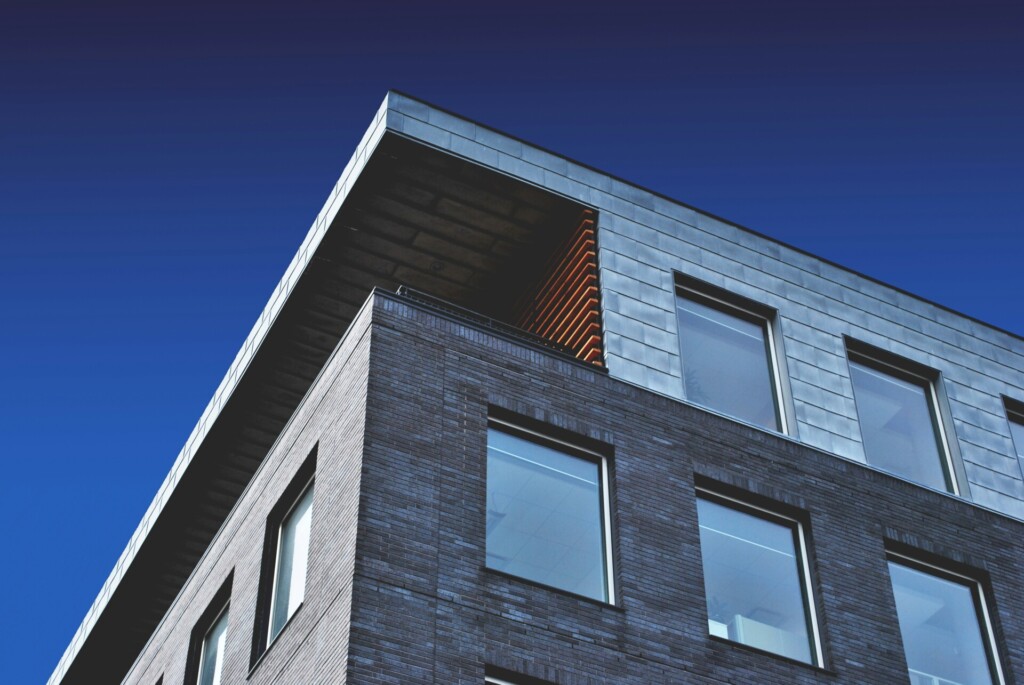
Modern commercial remodeling transforms existing spaces into strategic business assets that drive performance and profitability. We approach each project by prioritizing layout optimization, natural light enhancement, energy-efficient MEP systems, and comprehensive ADA compliance to create spaces that serve both immediate needs and long-term growth objectives.
Success requires methodical planning across permits, phased construction, realistic scheduling with built-in contingencies, and careful cost management through proven budget allocations. Our experience shows that projects following structured approaches—from initial design through project closeout—deliver measurable returns through improved operational efficiency, enhanced property values, and stronger tenant attraction.
Ready to transform your commercial space? Contact EB3 Construction to discuss your remodeling goals and explore how we can help bring your vision to life.

